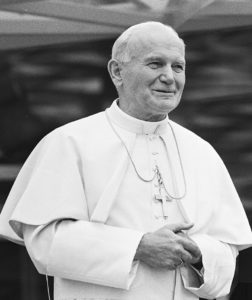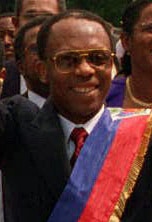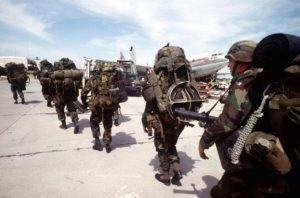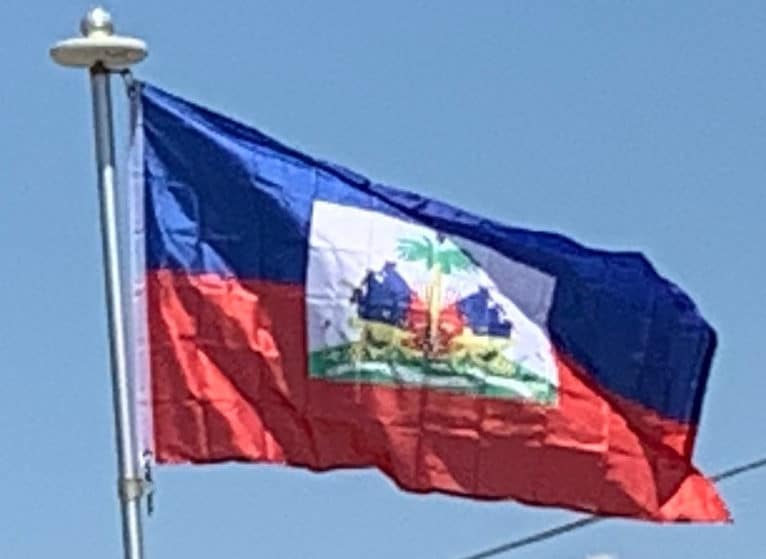
In total, roughly 40,000 to 60,000 Haitians are estimated to have been killed during the reign of the Duvaliers. Through the use of his intimidation tactics and executions, many intellectual Haitians had fled, leaving the country with a massive brain-drain that it has yet to recover from.
Post-Duvalier Era (1986–2004):
Following Duvalier’s departure, army leader General Henri Namphy headed a new National Governing Council. Elections scheduled for November 1987 were aborted after dozens of inhabitants were shot in the capital by soldiers and Tontons Macoutes. Fraudulent elections followed in 1988, in which only 4% of the citizenry voted. The newly elected President, Leslie Manigat, was then overthrown some months later in the June 1988 Haitian coup d’état. Another coup followed in September 1988, after the St. Jean Bosco massacre in which 13–50 people (estimates vary) attending a mass led by prominent government critic and Catholic priest Jean-Bertrand Aristide were killed. General Prosper Avril subsequently led a military regime until March 1990.

In December 1990 Jean-Bertrand Aristide was elected President in the Haitian general election. However his ambitious reformist agenda worried the elites, and in September of the following year he was overthrown by the military, led by Raoul Cédras, in the 1991 Haitian coup d’état. Amidst the continuing turmoil many Haitians attempted to flee the country.
In September 1994, the United States negotiated the departure of Haiti’s military leaders and the peaceful entry of 20,000 US troops under Operation Uphold Democracy. This enabled the restoration of the democratically elected Jean-Bertrand Aristide as president, who returned to Haiti in October to complete his term. As part of the deal Aristide had to implement free market reforms in an attempt to improve the Haitian economy, with mixed results, some sources stating that these reforms had a negative impact on native Haitian industry. In November 1994, Hurricane Gordon brushed Haiti, dumping heavy rain and creating flash flooding that triggered mudslides. Gordon killed an estimated 1,122 people, although some estimates go as high as 2,200.

Elections were held in 1995 which were won by René Préval, gaining 88% of the popular vote, albeit on a low turnout. Aristide subsequently formed his own party, Fanmi Lavalas, and political deadlock ensued; the November 2000 election returned Aristide to the presidency with 92% of the vote. The election had been boycotted by the opposition, then organized into the Convergence Démocratique, over a dispute in the May legislative elections. In subsequent years, there was increasing violence between rival political faction and human rights abuses. Aristide spent years negotiating with the Convergence Démocratique on new elections, but the Convergence’s inability to develop a sufficient electoral base made elections unattractive.
In 2004 an anti-Aristide revolt began in northern Haiti. The rebellion eventually reached the capital, and Aristide was forced into exile. The precise nature of the events are disputed; some, including Aristide and his bodyguard, Franz Gabriel, stated that he was the victim of a “new coup d’état or modern kidnapping” by U.S. forces. Mrs. Aristide stated that the kidnappers wore U.S. Special Forces uniforms, but changed into civilian clothes upon boarding the aircraft that was used to remove Aristide from Haiti. These charges were denied by the US government. As political violence and crime continued to grow, a United Nations Stabilisation Mission (MINUSTAH) was brought in to maintain order.
